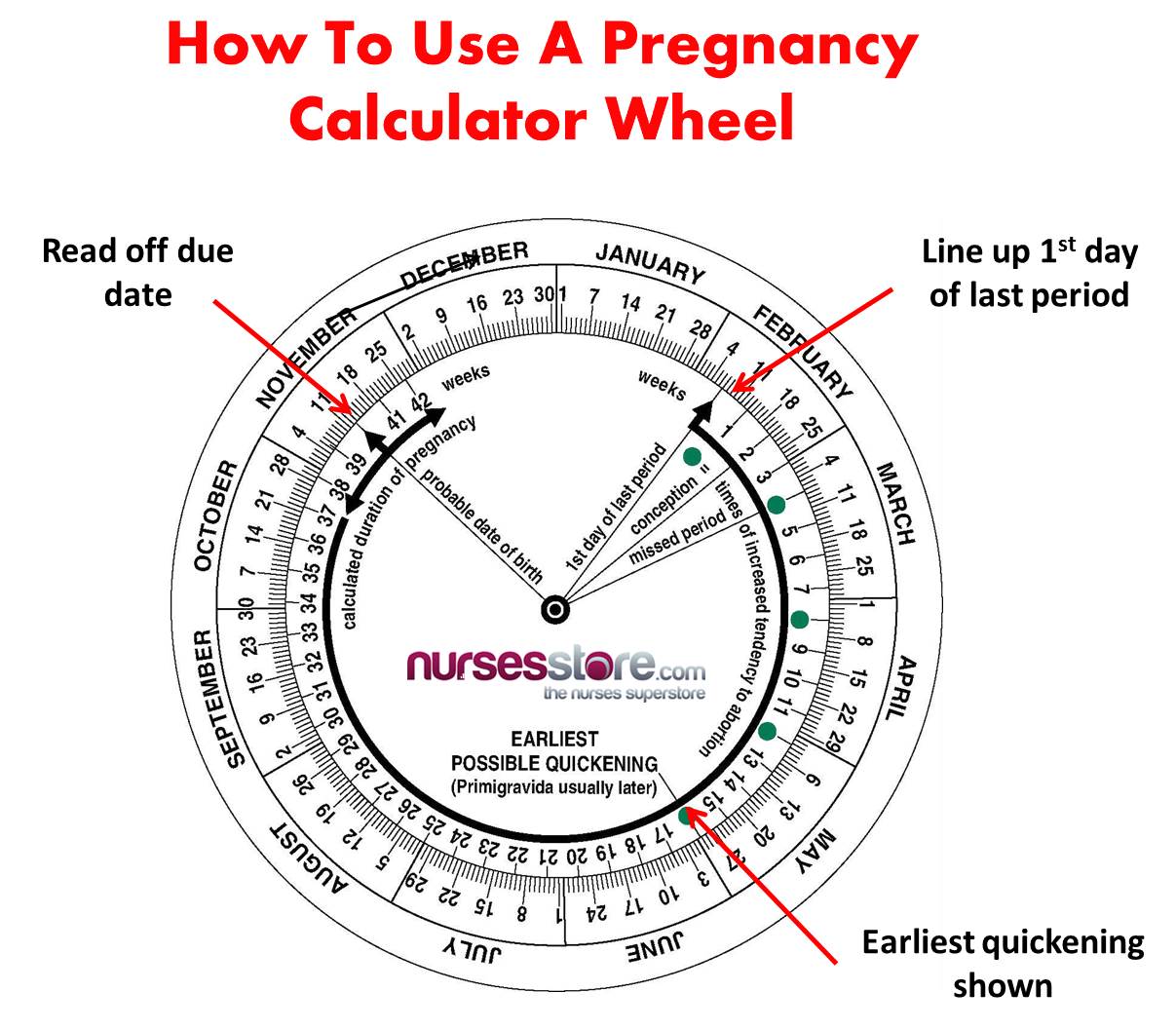

However, typical values range between 21 and 35 days. The majority of cycles last around 28 days. Your uterus size noted during your physical examination could also signify the estimated time. The other method of using the pregnancy conception calculator is to provide the first day of your last menstruation (LMP) and the average length of your menstrual cycle.The doctor may check the measurement during each visit and may suggest an approximate due date. Your fundal height measurement by a practitioner could also help to find the due date.

Pregnancy signs such as the hearing of the first heartbeat of the baby (around the 9th or 10th week) and when you first observed fetal movements (that averages around 18 to 22 weeks) can indicate when the due date might be.Your practitioner may also recommend this method if your due date can’t be calculated based on your last menstrual period or physical exam. However, most practitioners only use this option if you’ve irregular menstrual periods, are over 35 years, or have a history of pregnancy complications or miscarriages. Some doctors perform ultrasounds routinely. The sad part is not all ladies can use the early ultrasound option. An early ultrasound can precisely date your pregnancy.

For that, you don’t need to use the due date calculator. Even if you forget your last menstrual period day, can’t pinpoint when you conceived, or are unsure when ovulation took place, other clues might help you determine the due date during your first prenatal appointment as mentioned below.


 0 kommentar(er)
0 kommentar(er)
